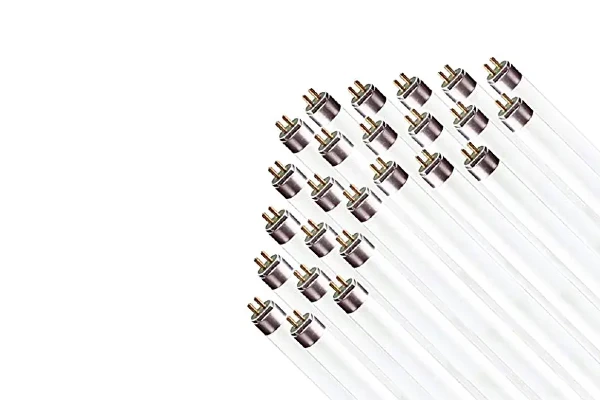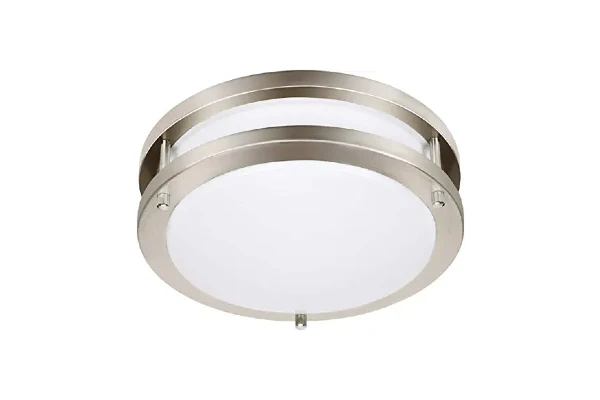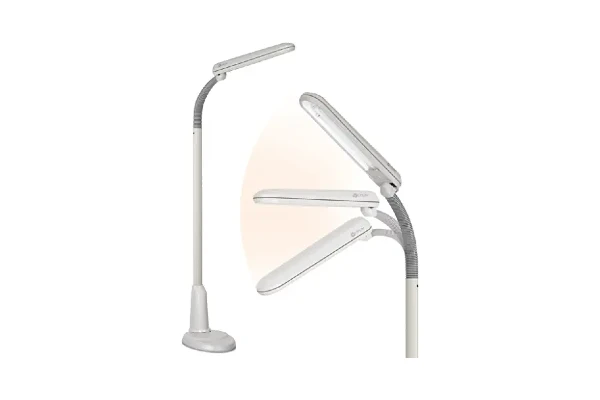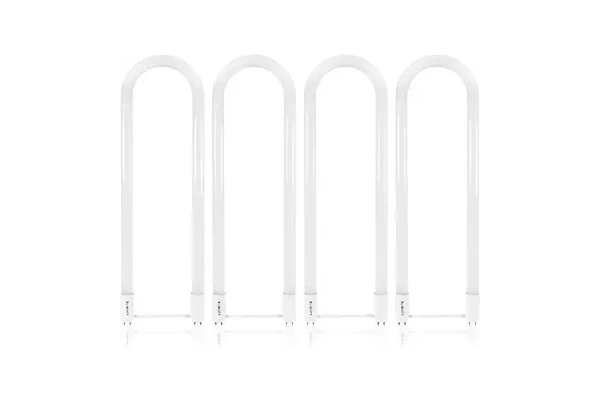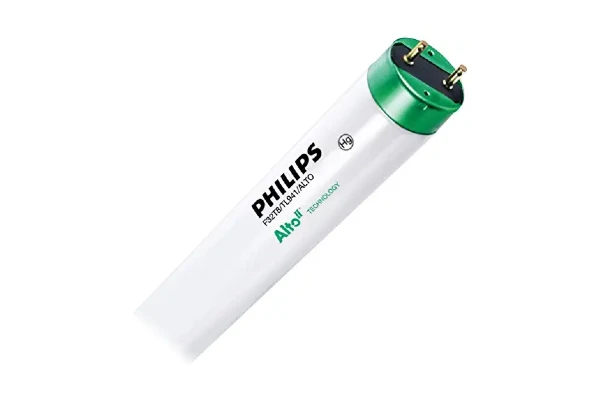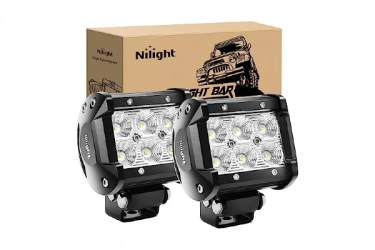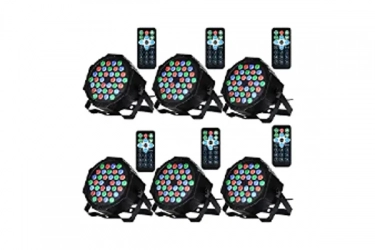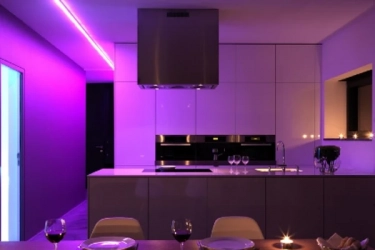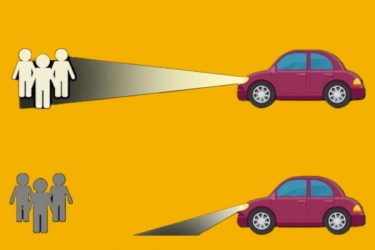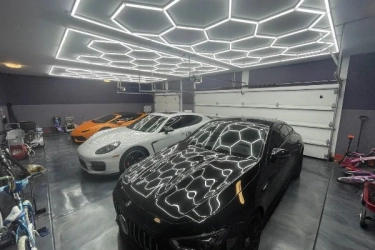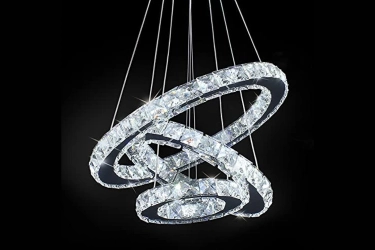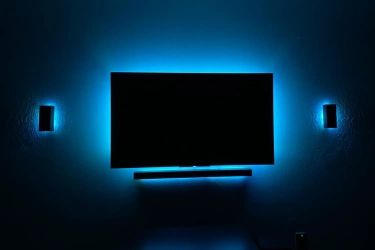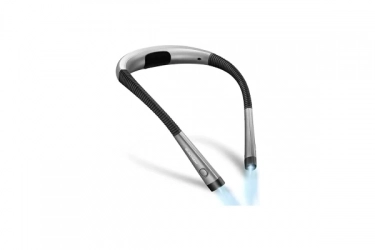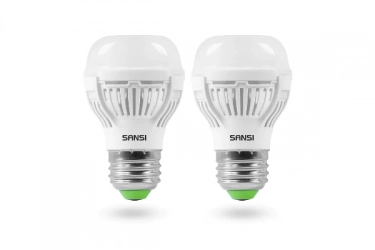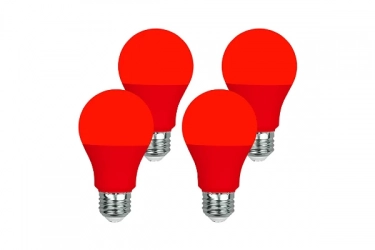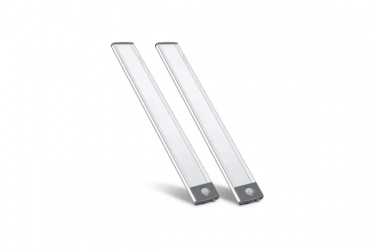We independently research, test, review, and recommend the best products. If you buy something through our links, we may earn a commission.
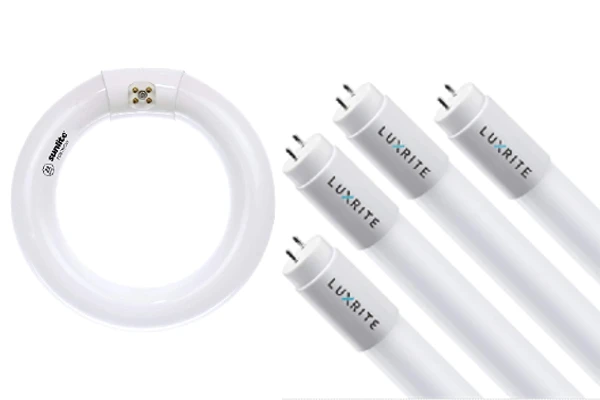
fluorescent lighting. Most likely, you already know what it is. You might even have a basic understanding of how it functions. Yes, Fluorescent lighting has a lot more advantages than disadvantages, including some pleasant ones. A common light type for providing illumination in places like commercial lighting, industrial lighting, school lighting, and retail lighting are fluorescent lights.
Fluorescent lights come in a wide range of diameters, brightness levels, and wattages. The most typical feature of fluorescent lighting is that the lights are set inside of fixtures, which frequently have between one and eight bulbs. The fixtures are mounted in or suspended from a building's ceiling. The entire guide to fluorescent lights is covered in this article, including What is fluorescent lighting? how it operates, and various fluorescent light fixtures.
You May Also Read
Light created by the reaction of mercury vapor and electrical current in a glass tube is known as fluorescent lighting. The ultraviolet light that the electrified vapor emits is absorbed by a chemical coating inside the tube. The light we see when fluorescent lights are turned on is a result of it. The mercury atoms are excited by the electronics powering the lamp, which causes them to produce electromagnetic radiation with maximal emission at particular wavelengths. The highest emission is at 254 nm, which is pretty deep in the ultraviolet, and there are also weaker lines at 365 nm (longwave UV), 405 nm (violet), 436 nm (blue), and 546 nm.
The 254 nm light can cause skin damage, cataracts, and other issues, therefore it would be disastrous if it were to get out of the lamp. The tube has a coating of phosphor that absorbs UV light and fluoresces it into a variety of wavelengths. Manufacturers can alter the spectrum output to produce warm white, cool white, and other color variants by changing the chemical makeup of the phosphor coating. The 254 nm wavelength of light is produced by several fluorescent tubes, which are used to sterilize water and various surfaces.
An electrical ballast is necessary for all fluorescent light tubes, also known as fluorescent lamps, in order to control the current passing through them. Ballasts maintain a stable lamp by keeping the current at a low enough level. You use fluorescent lights every day, even if you're not aware of it. The most common sort of lighting, whether in an office building or a grocery shop, is undoubtedly fluorescent lighting.
Compared to outdated lighting technologies like incandescents, fluorescent lights provide a number of significant advantages. They consume less energy because they are so much more effective. They don't need to be replaced as frequently because they last 13 times longer. You can locate fluorescent lighting technology in practically any place because it is so widely used.
How Does Fluorescent Light Work?
The source of light in fluorescent lighting is a chemical process that takes place inside a glass tube. In this chemical reaction, mercury vapor and gasses mix to create a UV light that is invisible to the naked eye. White Fluorescent Light is produced when the phosphor powder coating the inside of the glass tube is illuminated by the invisible UV light.
Here is a more thorough explanation of how fluorescent light work:
- Like a troffer, the light fixture's ballast is where electricity first enters. The electricity is fed into the fluorescent bulb's pins on both ends by the ballast, which controls the voltage, current, and other factors and is required for a fluorescent bulb to light.
- The electricity then travels to the electrodes inside the sealed glass tube, it is maintained at low pressure, after entering through the pins. From one cathode to the next, electrons start moving through the tube.
- Mercury and inert gasses are activated by the electrical current inside the glass tube. As the power flows, the mercury vaporizes, and the gasses start interacting to create a UV light that is actually invisible to the human eye.
- Each fluorescent tube has a phosphor powder coating. It would appear as though you had just had a powdered doughnut if you inserted your finger inside the tube and massaged the interior. When the phosphor coating is stimulated by UV radiation, which is undetectable to the human eye, the phosphor coating lights, producing what is known as white light. The word fluorescent is derived from the phrase glowing white light.
- It's crucial to recycle your fluorescent lamps after they've burned out due to the mercury they contain.
The bulb type and color temperature are the two primary factors to take into account when purchasing fluorescent bulbs. Fluorescent light bulbs are available in a variety of colors, typically from cool blue to warm white. The color you choose will depend on the mood you're going for and on your personal tastes. Fluorescent bulbs are available in three primary styles in addition to color:
Another form of a fluorescent lamp is the CFL, which is typically made to replace halogen or incandescent bulbs. A small electronic ballast is installed in the lamp base, and the lamps employ a tube that is bent or folded to fit into the space of an incandescent bulb. An electric current is passed through a tube containing argon and a tiny amount of mercury vapor, just like its tubular counterparts. Invisible ultraviolet light is produced in this way, and when a fluorescent coating (phosphor) on the inside of the tube is excited, visible light is produced.
Screw-in and plug-in compact fluorescent lamps are the two main varieties. The most popular kind is screw-in.
CFLs are noted for their efficiency, long life, low cost, and ease of upgrading. They are available in a wide range of wattages, sizes, color temperatures, and base types. The harmful effects of incorrect disposal are a drawback of using CFLs; because they contain mercury, they must be disposed of correctly.
These u-shaped bulbs, which are also known as compact fluorescent lights, are often made to function in appliances with integrated external electronic ballasts. They stand in the middle of tube-style bulbs and compact fluorescents with ballasts. The main distinction between the two is that, in contrast to these units, twist-in CF bulbs feature an integrated ballast that enables them to operate in a conventional light socket.
When you mention fluorescents, the majority of people imagine straight, straightforward fluorescent tubes. For many years, they have been typical in ceiling fixtures for offices, shops, and other commercial buildings. These tubes are available in a variety of lengths and diameters, however, they can only be used with fluorescent fixtures that have a ballast.
Also Read: Best Color Light For Sleeping
How To Choose Fluorescent Lights
When choosing a fluorescent light bulb, keep these considerations in mind.
- Light emitting (Lumens): Wattage is a factor to take into mind when thinking about light output. Wattage does not represent lamp brightness. The lamp's wattage measures the amount of energy it uses, and the actual amount of light it produces is measured in lumens or luminous flux units.
- Color temperature in relation (CCT): A light source's color appearance is numerically measured by CCT, which ranges from 2700K to 6500K in degrees Kelvin. 2700K is the warmest and most similar to yellow, whereas 6500K is the coldest and most similar to sunshine.
- Color renderings index (CRI): On a scale of 100, with 100 being an incandescent bulb, CRI measures how well a lamp can reproduce an object's true color. sunlight.
- Size: When choosing a fluorescent bulb, you have a wide range of sizes to consider; popular choices include T12, T8, and T5. The number represents the diameter in eighths of an inch, and the T stands for tubular.
- Type of base: A medium Bi-pin fluorescent base is the most popular type. Mini bi-pin, recessed DC, single bi-pin, 4-pin, and a 2Gx13 are additional bases.
- Shape: When purchasing a fluorescent bulb, there are numerous shapes to take into account. Fluorescents frequently come in round, curved, and linear-shaped tubes.
Conclusion
We sincerely hope you found this article beneficial. You now have the definitive answer to the question, What is fluorescent lighting? covering the various fluorescent light fixtures and how does fluorescent light works. Each consumer is free to select the light sources that are most effective for them, and fluorescent light is still an option in some circumstances.


